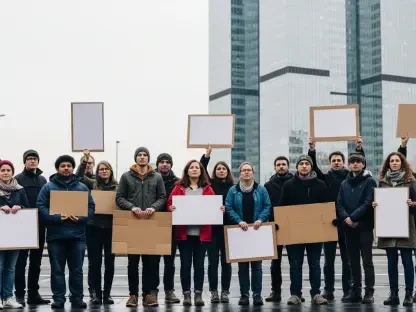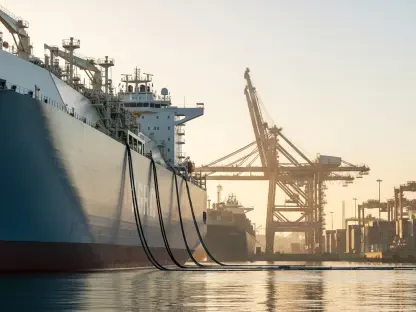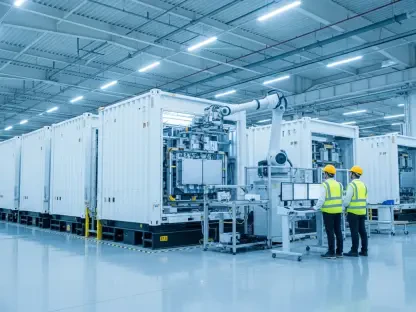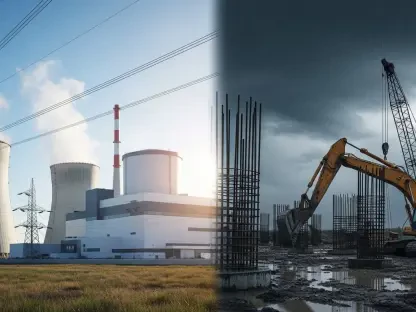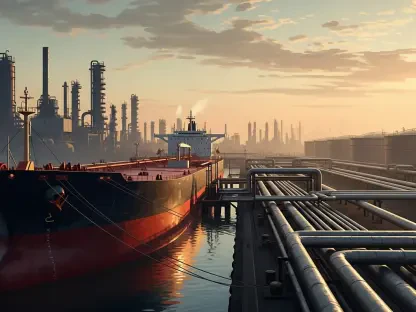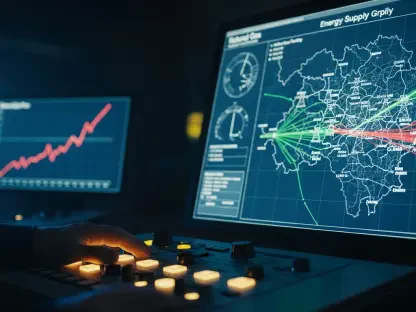Listen to the Article
The global shift toward clean energy is clear. A recent EY report says green energy will dominate electricity production around the world by 2038, reaching 62% of all energy used by 2050. Today, the idea of a carbon-neutral world isn’t just a dream; it’s something that leaders must do for both financial and technological reasons. But, reaching zero carbon is not easy. Even though these efforts have accelerated, change is not the same everywhere. Countries deal with different issues based on their priorities, geopolitical positions, resources, and choices. These differences drive the change in energy use and production, pushing markets forward and shaping investments in the field.
Even with big growth in renewables, hydrogen, and storage technologies, oil and coal are still deeply embedded in the world’s energy infrastructure. The same report says these will stay in our energy mix much longer than some hope. EY analysts also mention the huge need for investments. By 2050, the world needs to spend $4.1 trillion each year on new low-carbon tech—four times more than today.
In short, changes are taking place, but not quickly enough. To see why, this article takes a look at what may be holding these initiatives back.
1. The Investment Deficit—Who Pays for the Transition?
The switch to clean energy is expensive. Setting up wind and solar farms, batteries, and green hydrogen needs large sums of money. Even though both governments and companies are promising more, there is a huge difference between the money that’s needed and what’s actually spent.
In 2023, the world spent nearly $1.1 trillion on renewables, electrification, and saving energy, an all-time record. But, as the report states, the world needs to spend $4.1 trillion every year by 2050 to hit its climate goals. This isn’t just a big number—it’s a must-hit mark that keeps zero-carbon dreams possible.
One main problem is that the funds are not evenly distributed. Rich countries in North America, Europe, and parts of Asia are investing a lot of money into clean energy. But developing nations in Africa, Southeast Asia, and Latin America struggle to keep up. High loan costs and unstable political environments keep investors in clean energy away, favoring cheap and available fossil fuels.
Lacking comprehensive monetary reforms, such as risk protection measures, environmental securities, and hybrid funding solutions, emerging economies might fail to reduce carbon emissions quickly enough, worsening worldwide pollution levels.
2. Policy and Regulatory Uncertainty
Government actions are key in changing the energy game. However, unpredictable rules around the world make investors and companies slow things down and hold back on important projects. Some economies, like the UK, the EU, and the U.S., have set clear plans, giving subsidies, tax breaks, and other perks for using clean energy. The U.S. Inflation Reduction Act and the EU’s Green Deal push money into renewable sources, electric vehicles, and hydrogen setups. Although, in the U.S., the new administration aims to boost oil and gas production and baseload generation, while curbing wind power and electric vehicles. On January 20, 2025, President Donald Trump signed a series of executive orders, including several focused on promoting domestic fossil energy production.
But not everywhere is the same. Many countries in Asia and Africa juggle growing their economies and keeping energy stable. For them, it may be harder to stop using cheap fossil fuels.
For example, India still uses coal to produce 70% of its electricity. Wind and solar power grow rapidly in China, but the country still depends more on coal than the rest of the world combined. Progress is being made at a slow pace in these countries.
Oil reigns supreme in the Middle East, but Saudi Arabia and the United Arab Emirates have enormous clean energy investments scheduled, largely in hydrogen and solar. So, rules are mixed, and so is the global energy transition.
3. Supply Chain and Commodity Constraints
The materials needed for the energy change, like lithium, cobalt, rare earths, and polysilicon, are often subject to geopolitical tensions. Clean energy investments can grow only if there are enough materials, and now, the world is stuck because it needs more minerals for batteries, solar panels, and wind machines.
China leads the market, handling over 70% of the world’s lithium-ion batteries and managing a large share of earth refining. This creates an important vulnerability for the West, thus many countries are trying to find other sources and establish their own supply chains. The hunt for rare minerals has started a race for new sources in places like Australia, South America, and Africa. Still, setting up new mines takes time and requires financial aid, so these limits will stick around for a while.
4. Consumer and Market Behavior
Technology alone can’t make the energy transition happen. People, companies, and industries need to accept it. But high costs, no infrastructure, and not wanting to change often slow things down. Take electric cars, for example. They are vital for decarbonization, but how many people actually use them? In Norway, fully electric vehicles accounted for 88.9% of new cars sold in 2024, up from 82.4% in 2023, data from the Norwegian Road Federation showed. In contrast, in countries with fewer incentives and charging stations, not many people buy such vehicles.
The same goes for electricity powering homes. Rooftop solar and batteries are common in some countries, while in others even the regulations to help set them up are nonexistent. How people see this new technologies also matters. Even if they can afford it, many don’t want to switch to new or more pricey energy.
Corporations adopting decarbonization is crucial too. Big global companies are aiming for a greened environment, but many small and medium-sized enterprises simply don’t have the money or drive to stop using fossil fuels. The success of energy transition depends on everyone, from big industries to individuals.
Conclusion: Closing the Gap Between Ambition and Reality
The world is moving toward cleaner energy, but not fast enough. Even though green energy will take over by 2038, oil and gas will stay around much longer. The biggest challenge is financing, with the need for $4.1 trillion in annual investments in low-carbon technologies by 2050.
Unclear or nonexistent rules, weak supply chains, and slow consumer adoption are holding these initiatives back. Some regions, like Europe and North America, are moving fast toward a green future, but others, like Asia and Africa, focus more on growing their economies and keeping energy resources cheap. Even in one country, things can differ—China is a big name in renewable energy but still uses primarily coal.
Closing the gap between big plans on paper and the actual implementation needs strict rules, new finance sources, tough supply chains, and increased consumer interaction. Without clear steps, the journey to zero carbon will be longer and tougher than it has to be.


